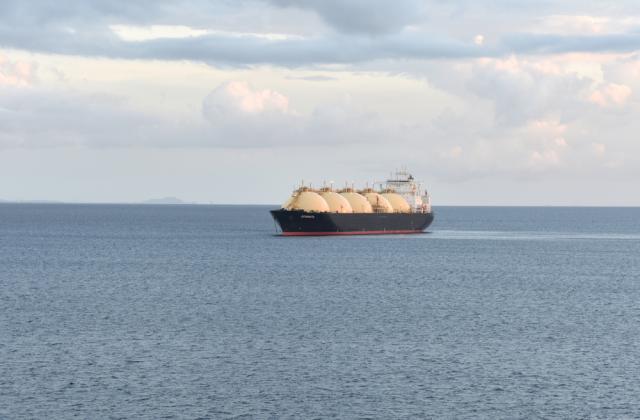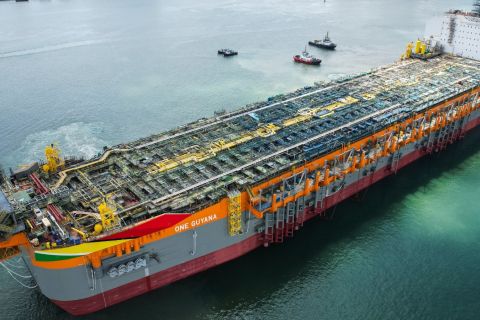
An LNG tanker sailing off the coast of Trinidad and Tobago. (Source: Shutterstock.com)
Demand for LNG imports across the Latin America and Caribbean (LAC) region is expected to continue to rise throughout the remainder of the decade, driven mainly by Brazil, according to Poten & Partners.
LNG imports across the LAC region could reach between 22 million tonnes per annum (mtpa) and 23 mtpa in 2030, compared to around 13 mtpa currently, Poten senior LNG analyst Sergio Chapa said during a May 24 webinar focused on the region.
Brazil, home to the LAC region’s largest population and stock market, will lead the region in terms of LNG imports, according to Poten’s estimates.
RELATED: Poten Execs Talk Driftwood’s Customer Problem, Permian Gas for Asia
However, Chapa said Brazil’s demand for LNG imports would remain heavily dependent on weather conditions in and more specifically its hydroelectric reservoir levels.
“This means they will sign few long-term agreements except to power LNG-to-gas projects,” Chapa said, referring to Brazil.
In Argentina, demand for LNG imports is likely to decline as the country continues to boost production from its famed Vaca Muerta shale formation and more importantly as it adds additional infrastructure to transport the gas to large domestic consuming regions.
RELATED: Permian Producers Fancy Larger Piped-gas Exports to Mexico
RELATED: Q&A: Trinidad’s Energy Minister Young Talks Gas Production, Venezuela and Atlantic LNG
However, there is a risk Argentina will change its position and necessitate more LNG imports, Chapa said.
Chilean demand for LNG is expected to fall if Argentina stays the course on developing its shale reserves since Argentine piped-gas imports will be cheaper.
Demand from other LAC region importers is expected to remain steady, Chapa added.
These LNG scenarios come amid plans across the LAC region, specifically in Argentina and Mexico, to add sizable liquefaction capacity come 2030.
Currently, only Trinidad and Tobago (which hosts Atlantic LNG) and Peru (Peru LNG) are home to dedicated liquefaction facilities.
RELATED: Argentina Goes for LNG Exporting Glory
RELATED: Q&A: Ecopetrol’s Felipe Bayón Talks About the Permian, Colombian Gas
Recommended Reading
Chevron’s Tengiz Oil Field Operations Start Up in Kazakhstan
2024-04-25 - The final phase of Chevron’s project will produce about 260,000 bbl/d.
Rhino Taps Halliburton for Namibia Well Work
2024-04-24 - Halliburton’s deepwater integrated multi-well construction contract for a block in the Orange Basin starts later this year.
Halliburton’s Low-key M&A Strategy Remains Unchanged
2024-04-23 - Halliburton CEO Jeff Miller says expected organic growth generates more shareholder value than following consolidation trends, such as chief rival SLB’s plans to buy ChampionX.
Deepwater Roundup 2024: Americas
2024-04-23 - The final part of Hart Energy E&P’s Deepwater Roundup focuses on projects coming online in the Americas from 2023 until the end of the decade.
Ohio Utica’s Ascent Resources Credit Rep Rises on Production, Cash Flow
2024-04-23 - Ascent Resources received a positive outlook from Fitch Ratings as the company has grown into Ohio’s No. 1 gas and No. 2 Utica oil producer, according to state data.





